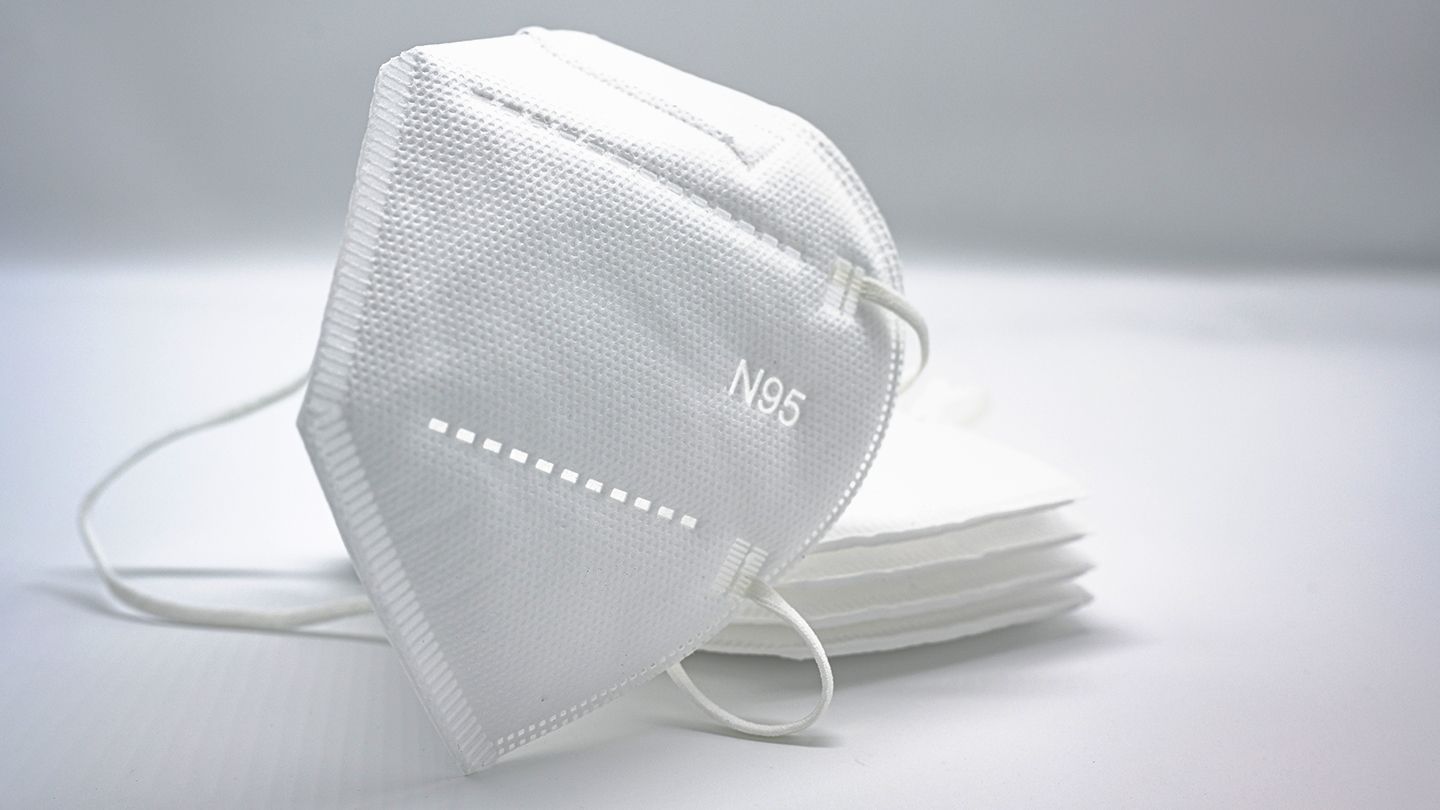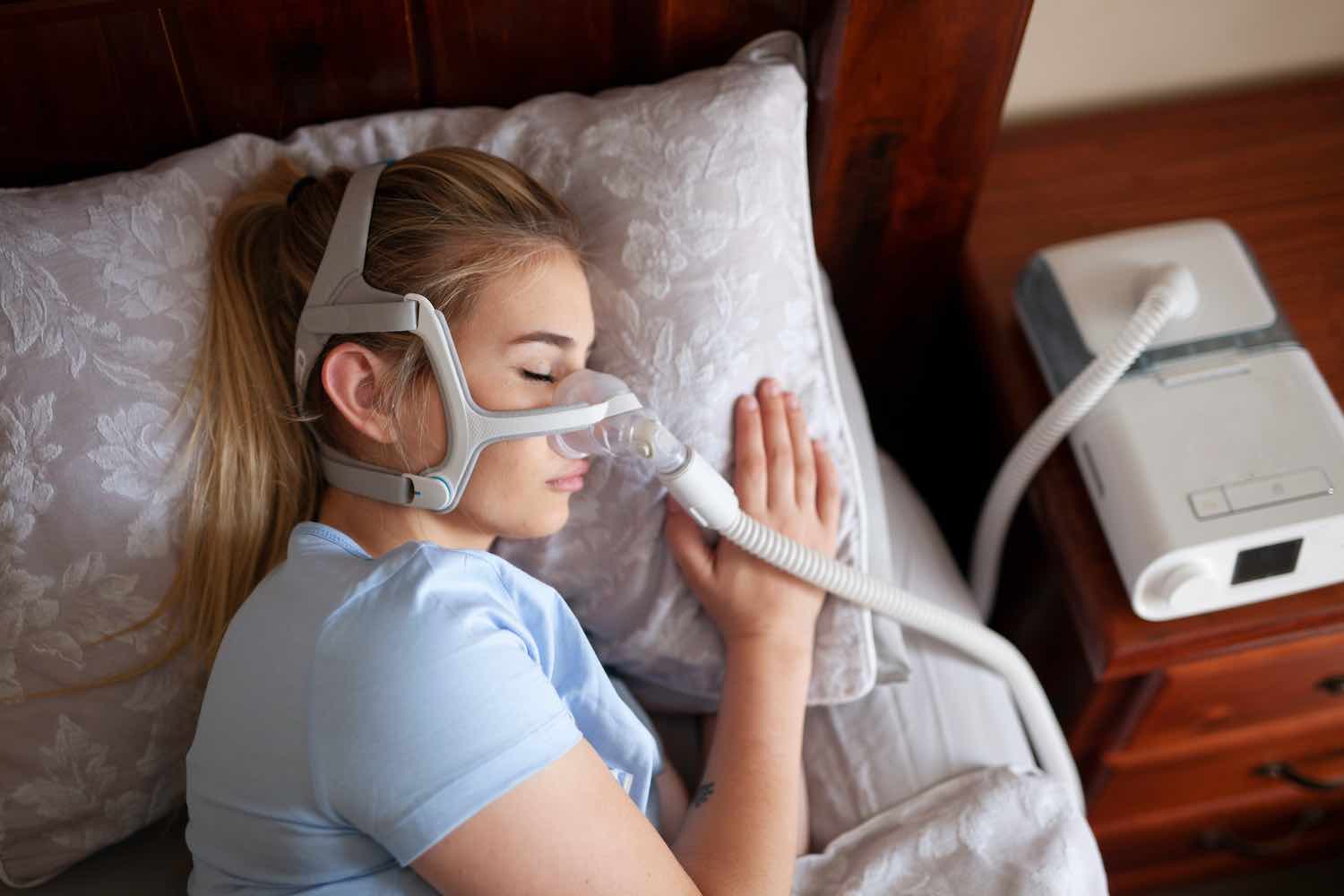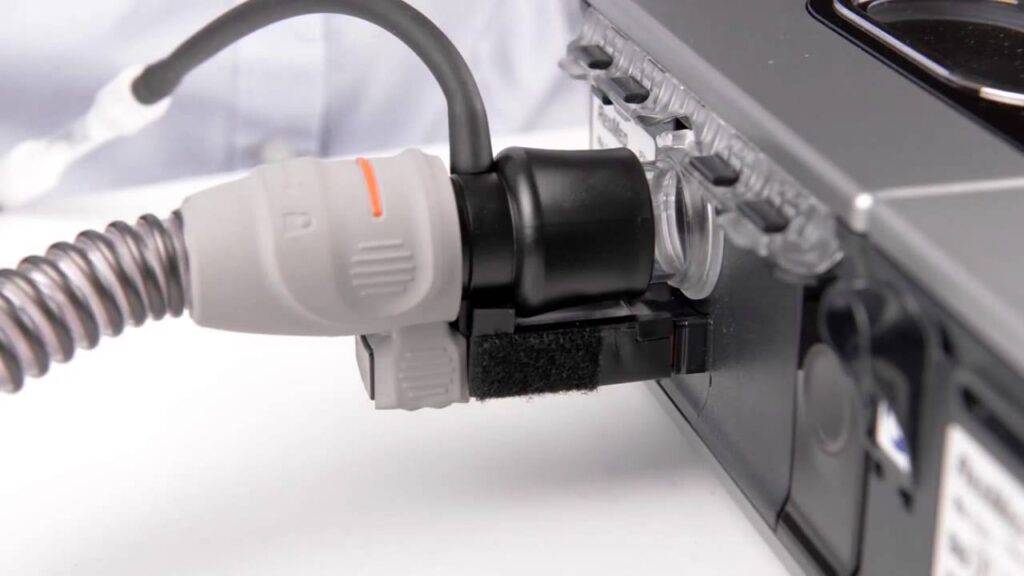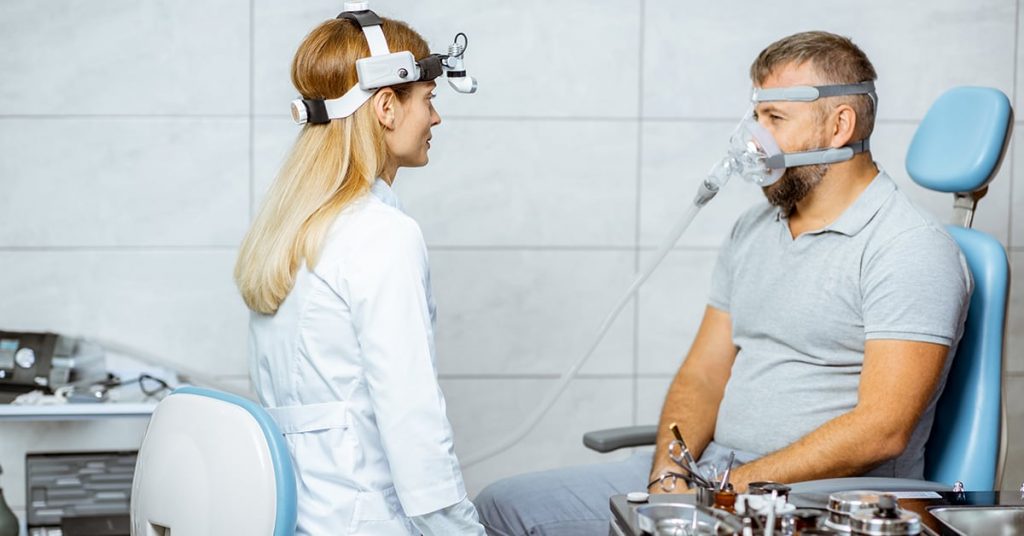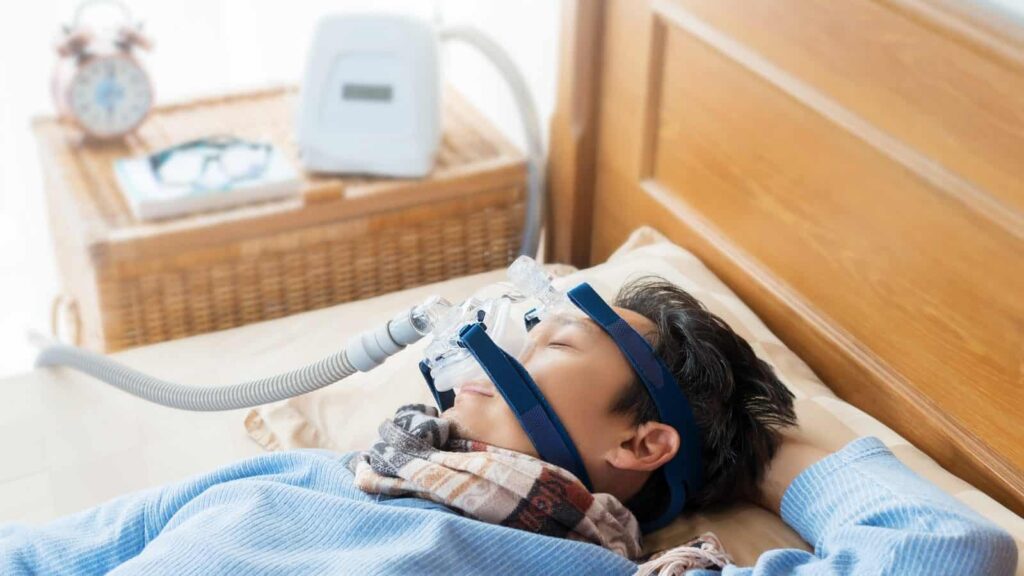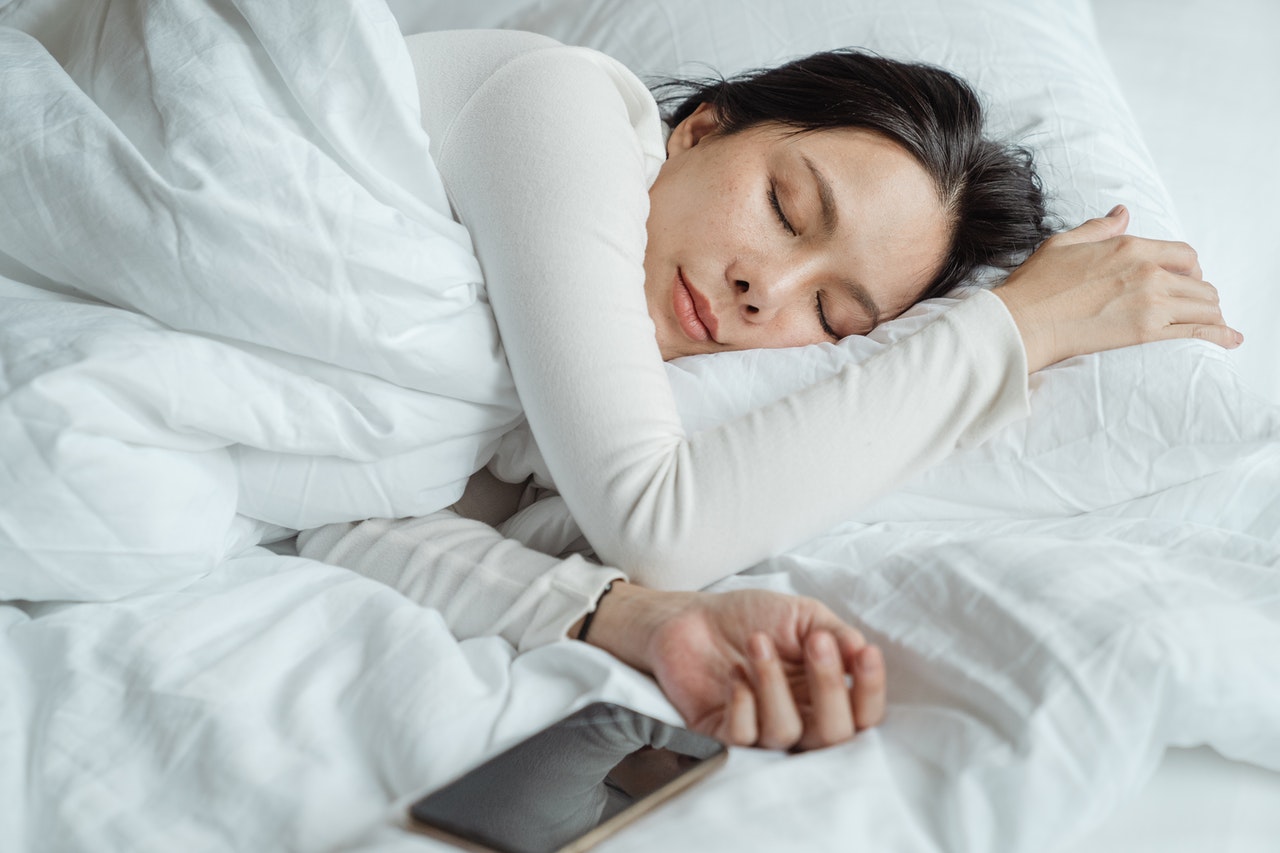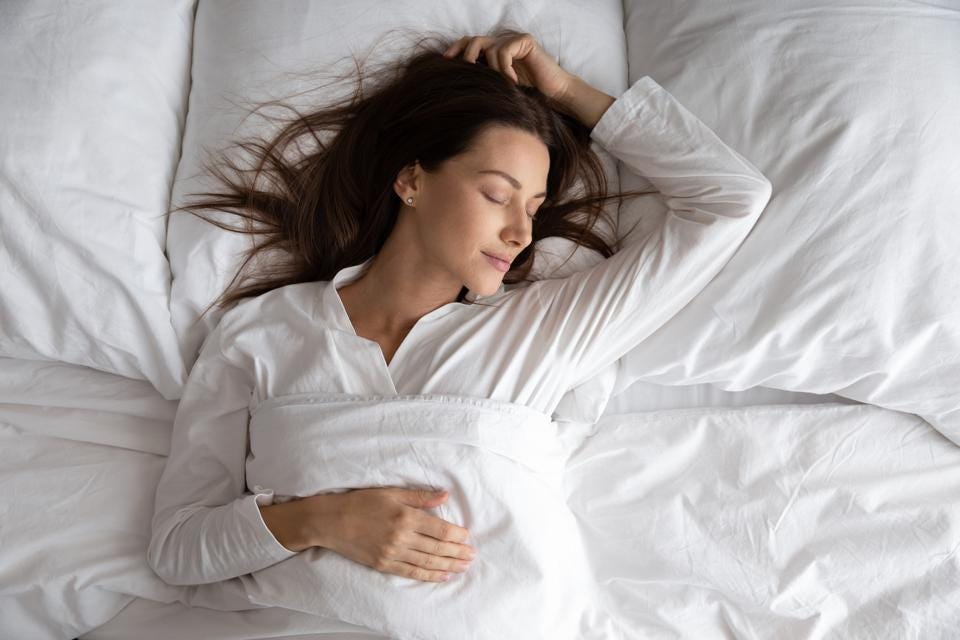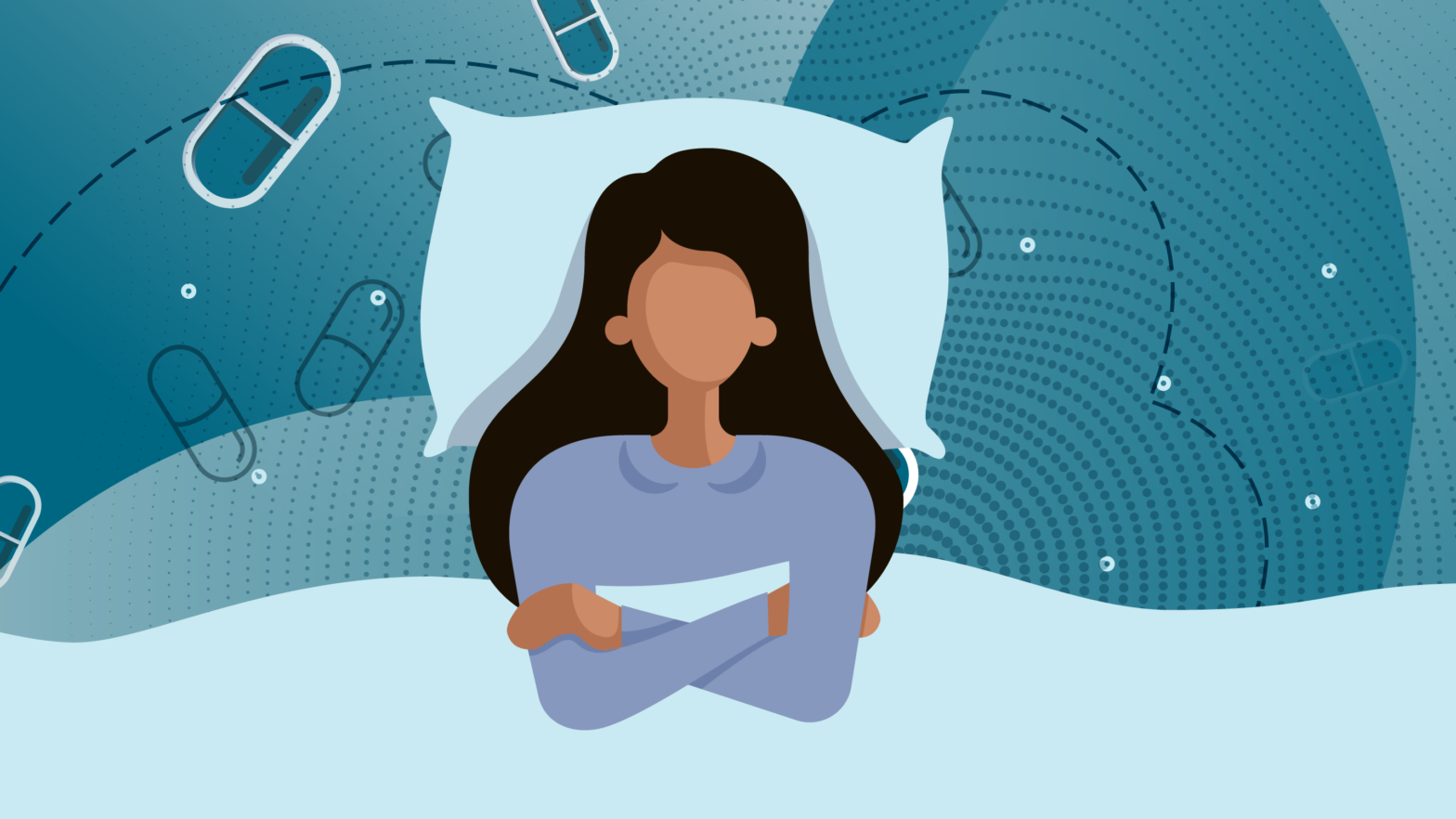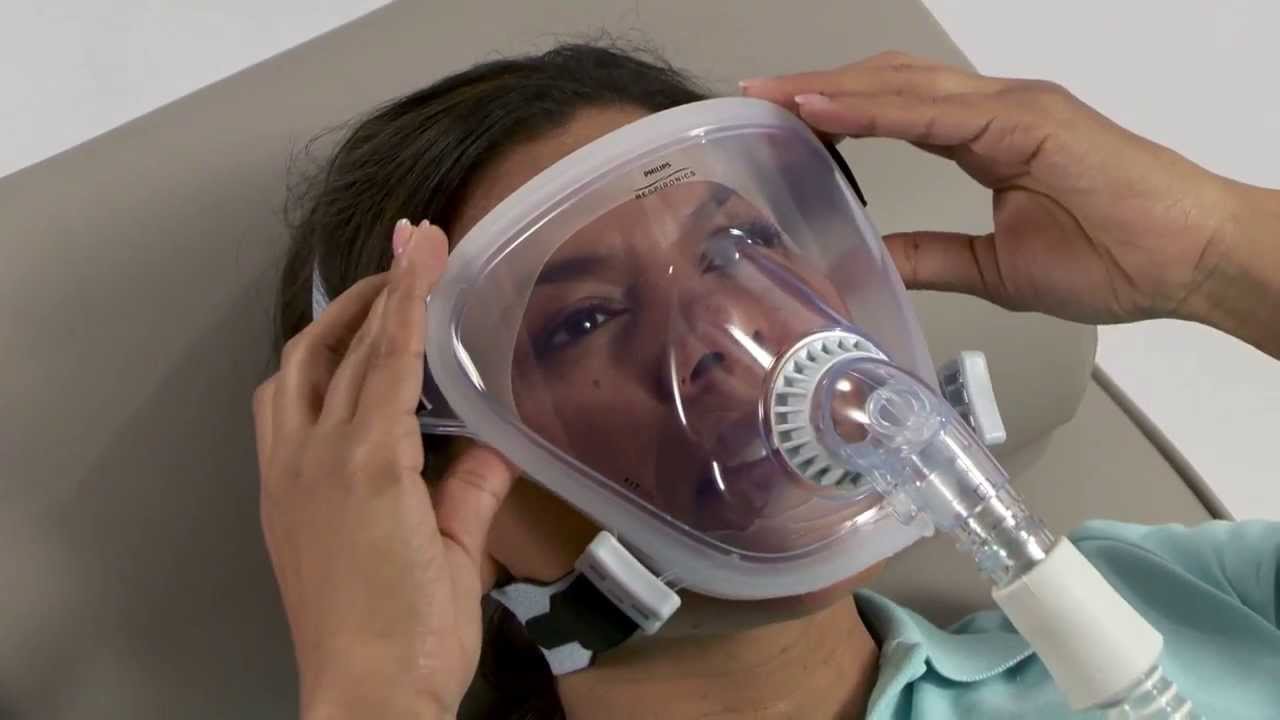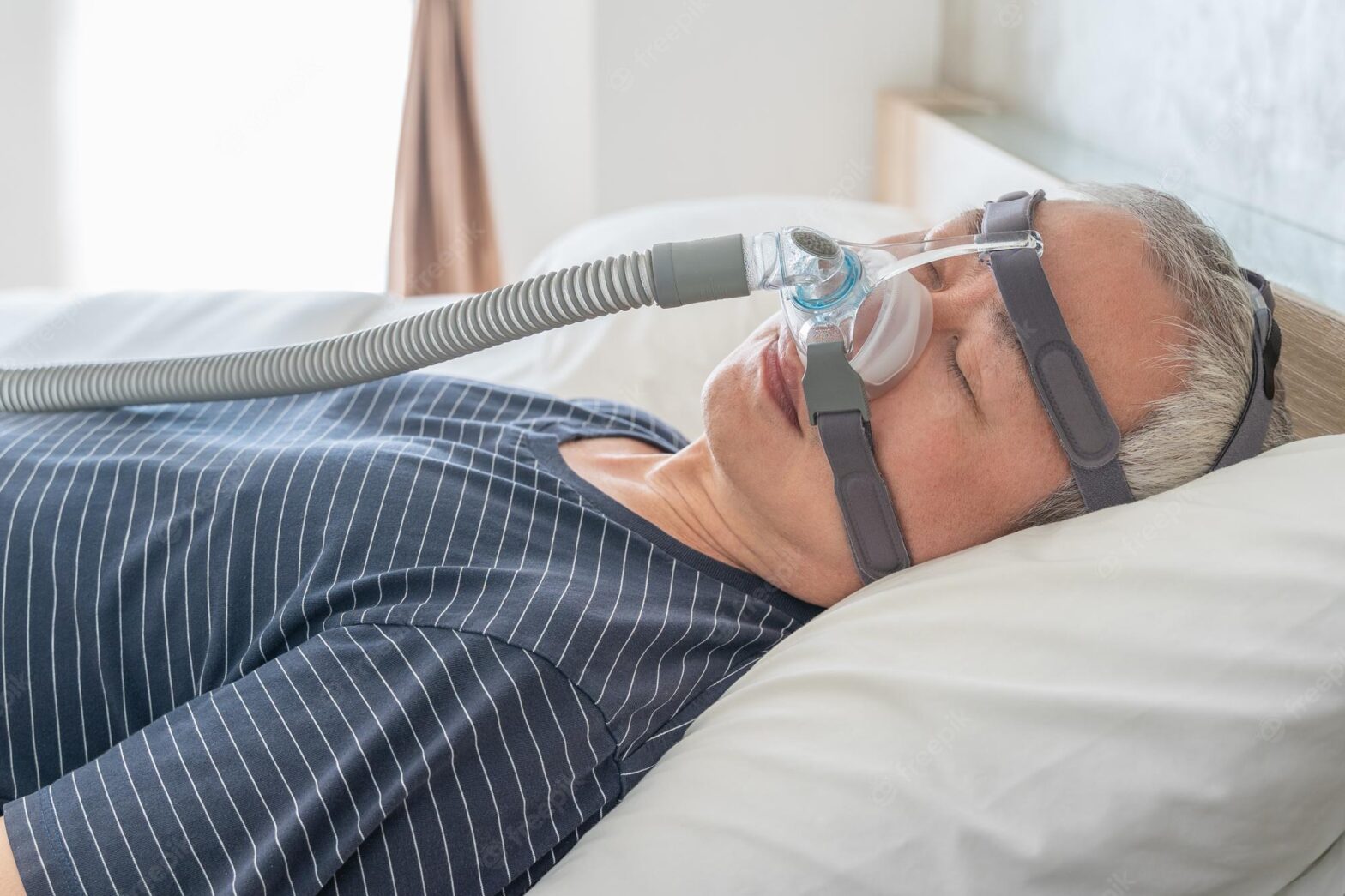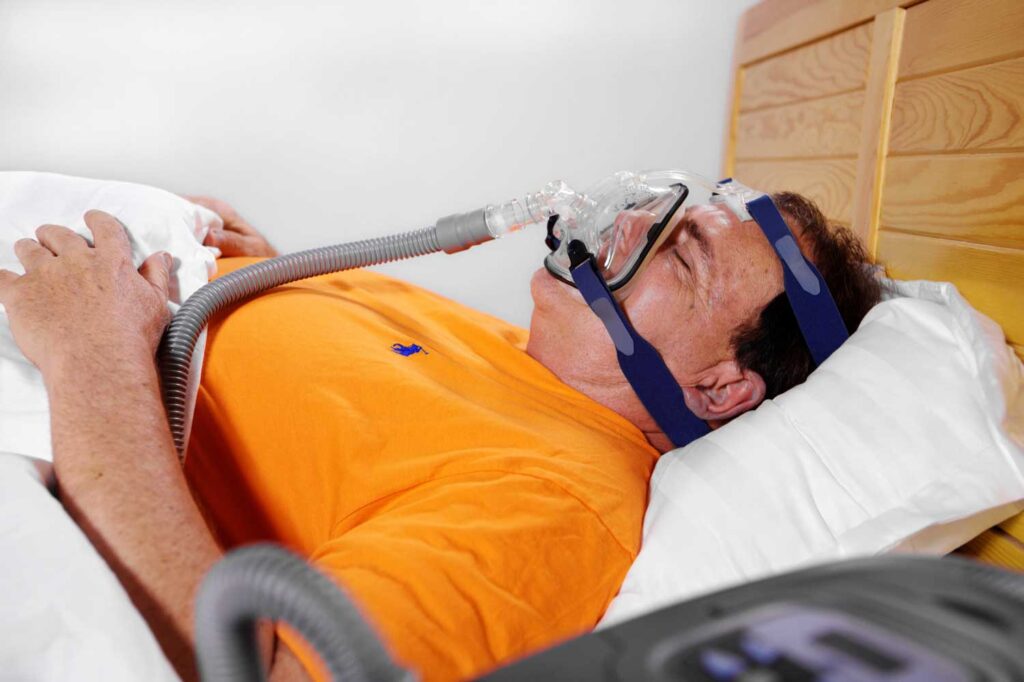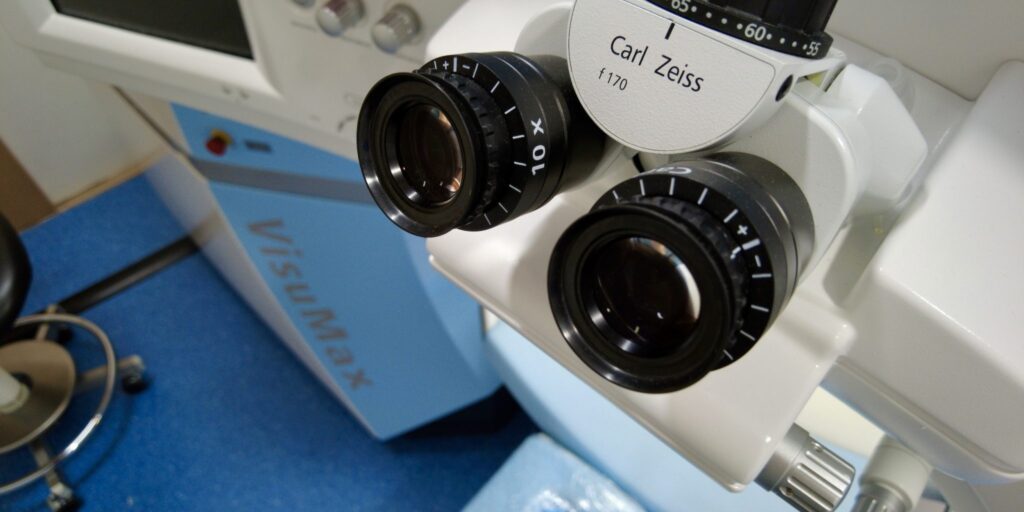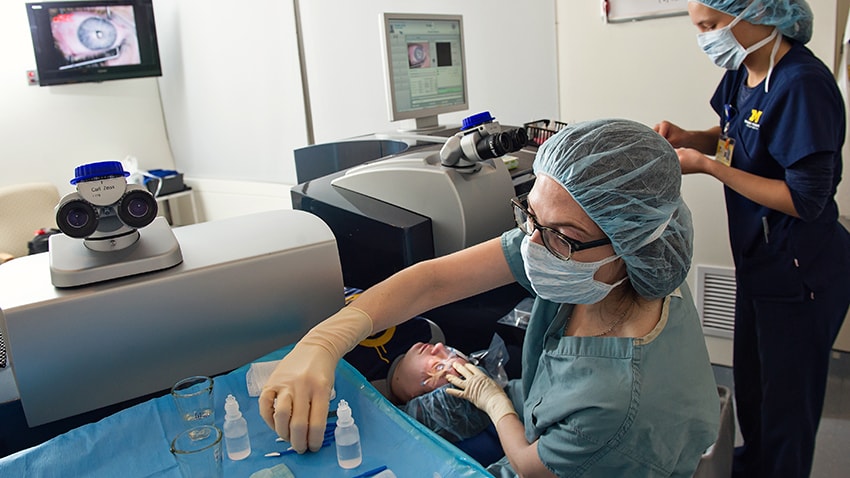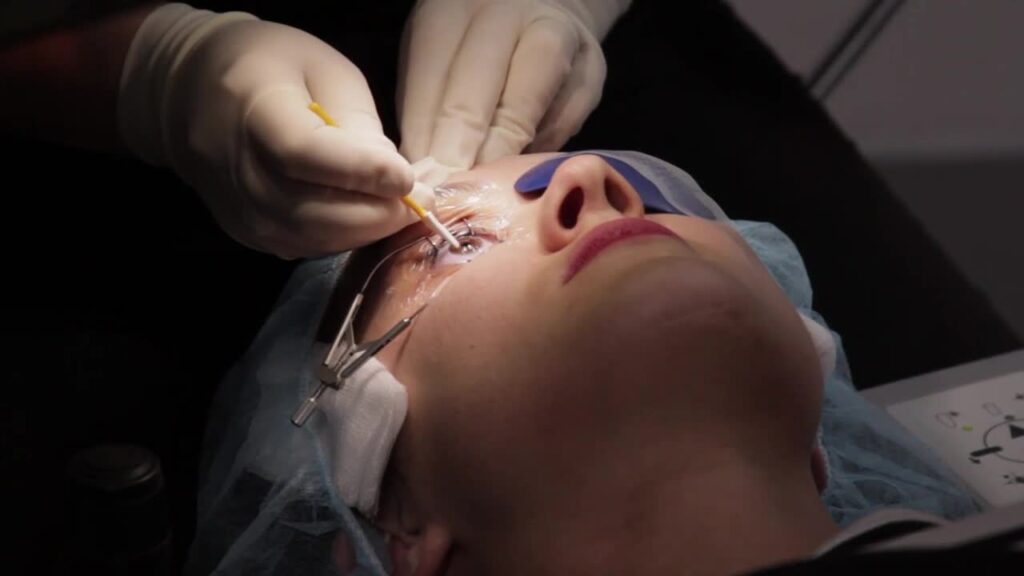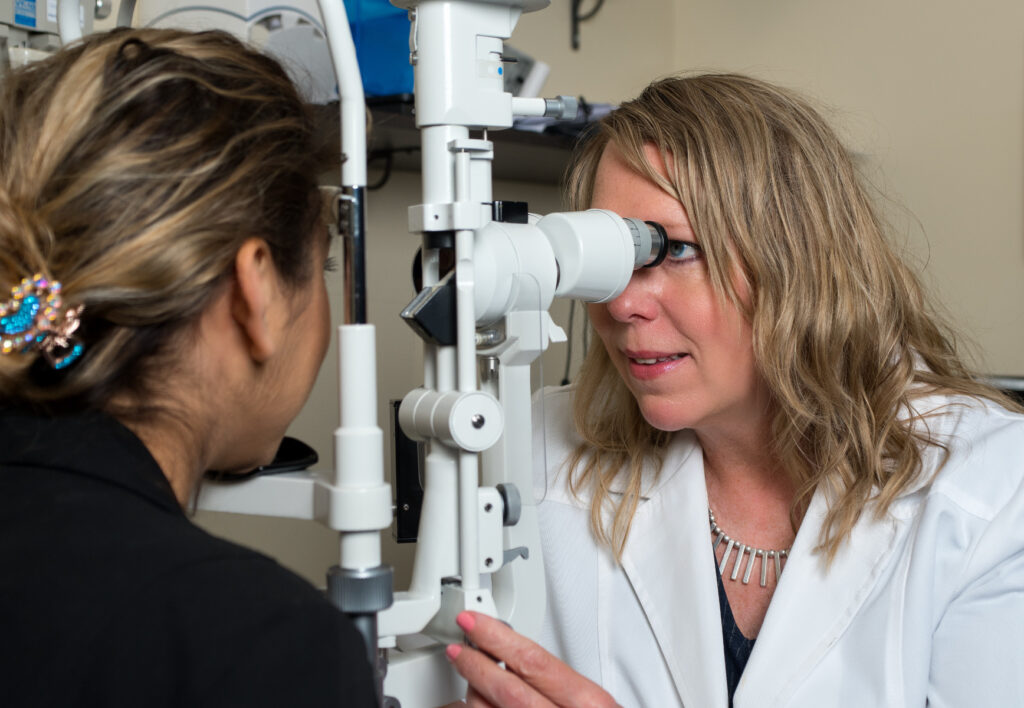The following advice will be helpful if you plan to wear N95 masks. To learn more, read the paragraphs that follow.
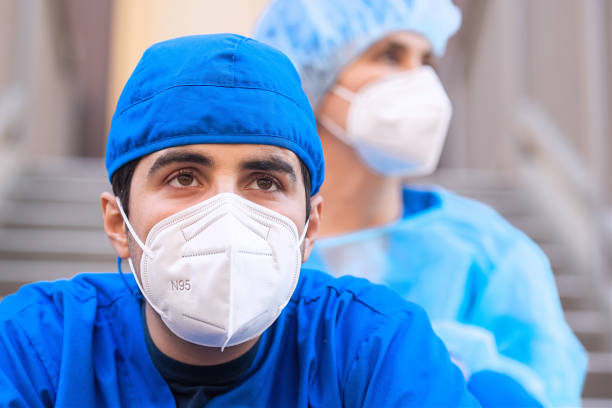
Be on the lookout for fakes
Unfortunately, it is a fact that fake masks are easily accessible. Therefore, it’s crucial to be aware of the signs to watch out for when determining if N95 face masks could be fake.
For the purpose of assisting doctors in spotting fake respirators, the AMA collaborated with the National Institute for Occupational Safety and Health. The easiest method to be sure you obtain a genuine mask is to buy it straight from a NIOSH-approved manufacturer.
Attempt to unwind while wearing N95 masks
The major issue with breathing, according to Dr. Seija, is that it may cause anxiety or a feeling of suffocation. And for those who are unfamiliar with it, it is a very normal response. But as we go on the path where this becomes the new normal, how well a respirator fit is the most crucial factor to take into account. Do you find it comfortable? Dr. Seija stated as he posed wearing a mask that made his ears protrude. “This is too little and too tight for me.” I can use this if necessary, but it won’t fit me well and will have an impact on my ability to breathe.
Dr. Edje advised patients to “attempt to be calm and breathe as naturally as possible” while wearing N95 masks and stressed the need to “make sure it fits tightly yet does not create holes.”
Dr. Seija said, “I often advise patients that wearing N95 masks should be done in stages. If you’re not at ease, start by taking a stroll around your home or another place where you feel secure and at ease.
A better seal reduces the chance of glasses fog
Most people’s glasses would get hazy when they began wearing masks at the beginning of the epidemic, according to Dr. Seija. “The fog is irritating, but it also shows that your seal has to be improved. You can read about Use these tips to make your N95 masks fit better by visiting http://autismmanitoba.com/use-these-tips-to-make-your-n95-masks-fit-better/
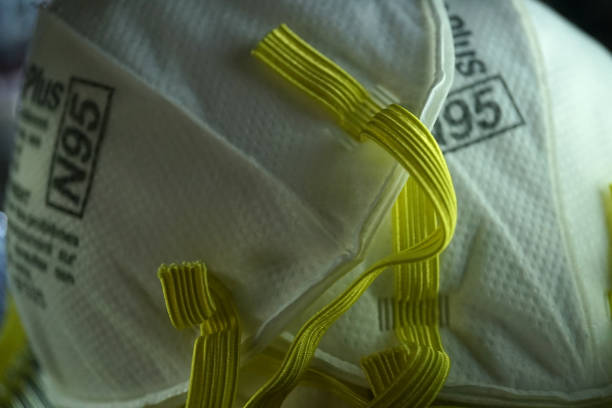
What you can do, he said, is put on your mask first while taking your glasses off. Then you’ll be OK if you apply your seal firmly on your nose and cheeks.
Dr. Edje said that it is essential to “wear glasses over the mask” and that cleaning the glasses in soapy water may lessen water tension and reduce fogging in order to reduce the possibility of this occurring.
An inappropriate fit might cause irritation
There may sometimes be facial discomfort while using a mask. Other times, folks may have headaches if the mask is too tight.
Dr. Seija said that “there are a few reasons why this occurs, but the main one is that you’re not suited with the correct mask,” adding that “if I wore a little mask, I would pass out.”
“We really advise that you make sure that you have your seal, particularly with the N95 masks. Without a perfect seal, you run the danger of contracting COVID and maybe spreading it, he said. And you’ll feel a little constricted, but you have to decide how much you can stand.
When taking off KN95s, touch the ear loops
Dr. Edje advised just touching the ear loops or ties while taking off a worn mask. You should “not be infected with virus particles from the outside of the respirator” by doing this, it is said.
Also, remember that the respirator must be worn to protect your mouth and nose, and “do not keep the respirator tucked under your chin for any reason,” she said.
Cloth masks are preferable to none at all
Dr. Seija said, “We also have to acknowledge that wearing an N95 is not practical for everyone. “A surgical mask or cotton mask is more sustainable for some folks; that is all they have.”
And that’s when other strategies like double masking—wearing a fabric mask over a surgical mask—come into play, he said. Because wearing any kind of mask, whether alone or in combination, is preferable to wearing none.
Dr. Edje said, “A multilayered, densely woven fabric mask—such as cotton—is better than no mask,” and that N95 masks provide the greatest protection against infection. He also noted that since the Omicron variant’s introduction, recommendations have changed

Keep in mind, she said, that if someone is using a fabric mask, “cotton masks should be cleaned regularly and properly dried.”
Masks continue to be one of the greatest methods to protect yourself and others from infection, despite the fact that our strategy for combating the COVID-19 pandemic has altered significantly over the last two years. However, it is essential that you wear the correct one now since the extremely infectious Omicron version is the one that predominates in the US. Because of this, epidemiologists advise switching to an N95, KN95, or KF94 instead of wearing a bandana or a leopard-print cotton mask.
If you haven’t used one of these extremely protective masks before, you probably have a lot of concerns about how to choose a decent one, when to wear one, if you can reuse it, and most importantly, when to throw one away. We also asked such questions. We now also have solutions.
Reasons to upgrade to N95 masks
Omicron spreads faster than its forerunners, as we have said. The precise number is yet unknown, but according to Danish research, the variety may be up to 3.7 times more contagious than the Delta, which is already quite contagious.
Although evidence shows the virus has developed the potential to spread regardless of a person’s vaccination status, researchers aren’t yet clear why.
Omicron’s contagiousness is significant because it may indicate that infected individuals are dispersing more of the virus into the environment each time they breathe or speak, improving its chances of catching a new host. A quicker spread implies more instances and more opportunities for COVID to infect someone whose body can’t manage it, despite evidence that Omicron cases are milder than those brought on by Delta and other variations and are linked to lower rates of hospitalization and severe disease. You can also read about the Effectiveness of N95 Masks against SARS-CoV-2: Performance Efficiency, Concerns, and Future Directions by clicking here.
Naturally, until we improve, that is. N95 masks and other more advanced face protection are useful in this situation.
